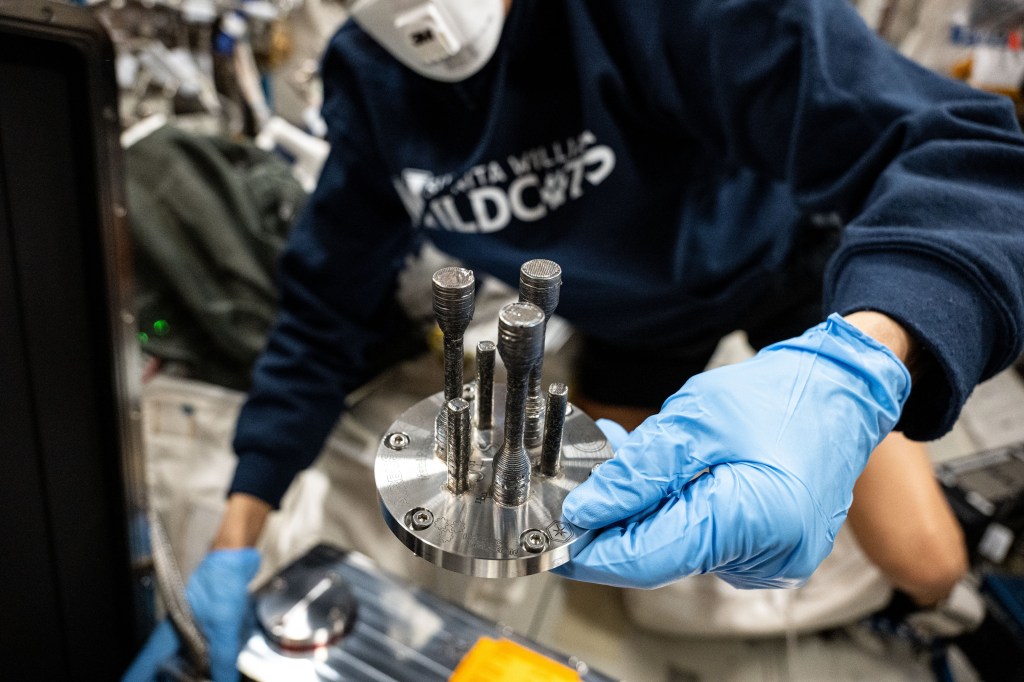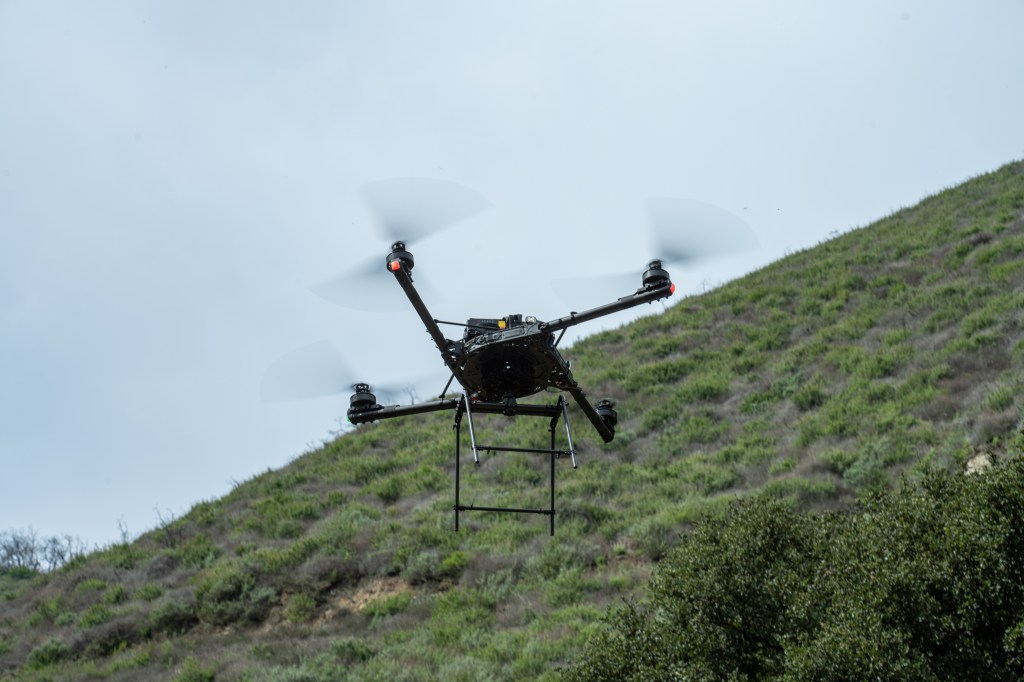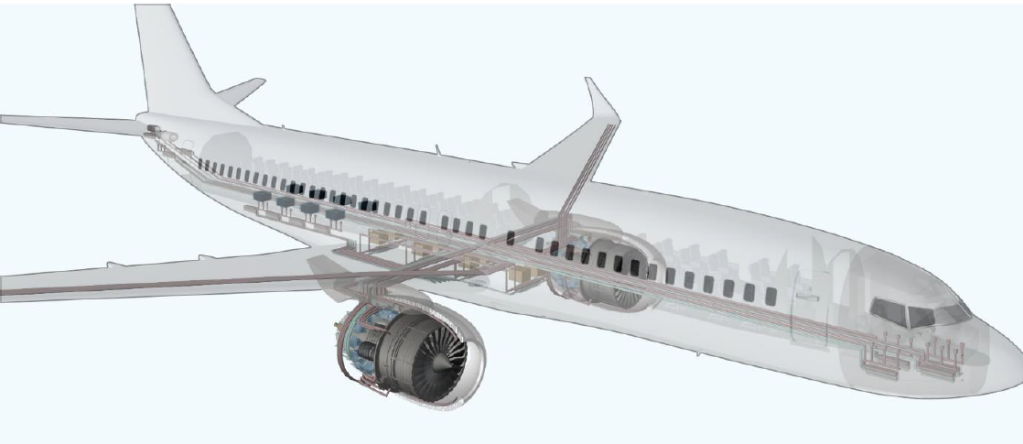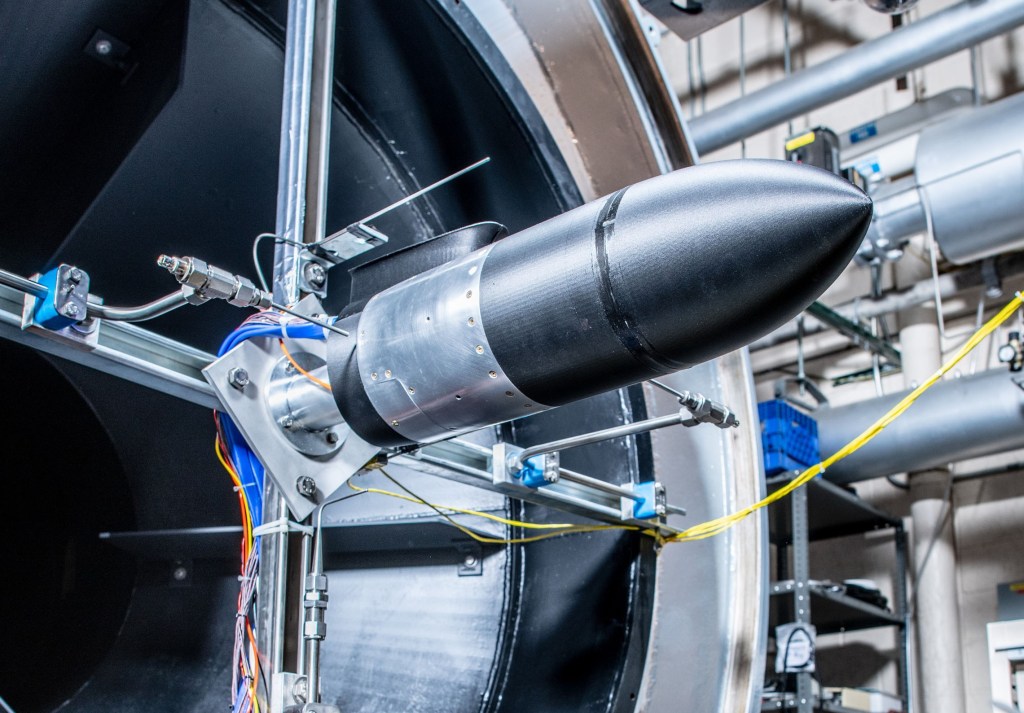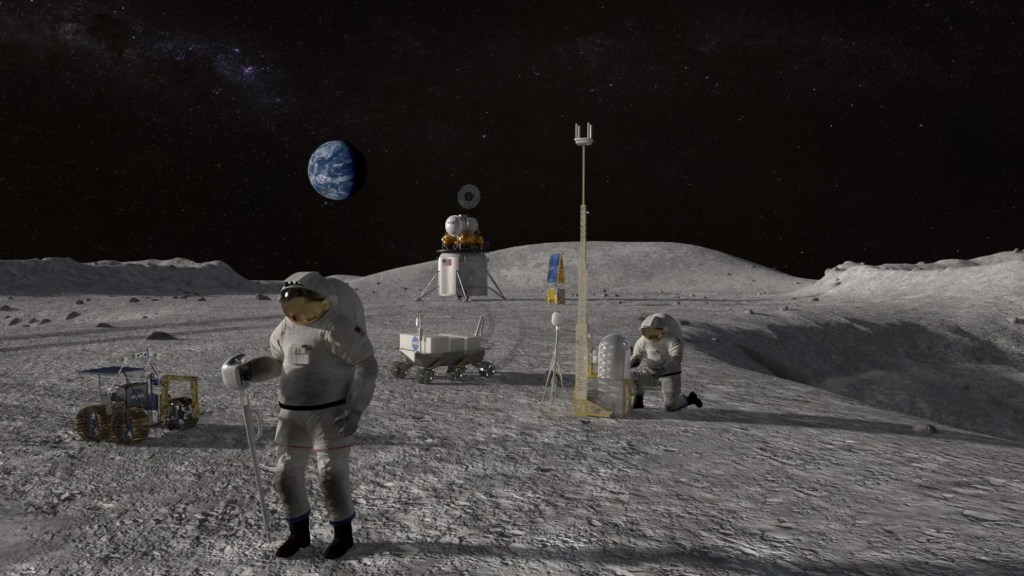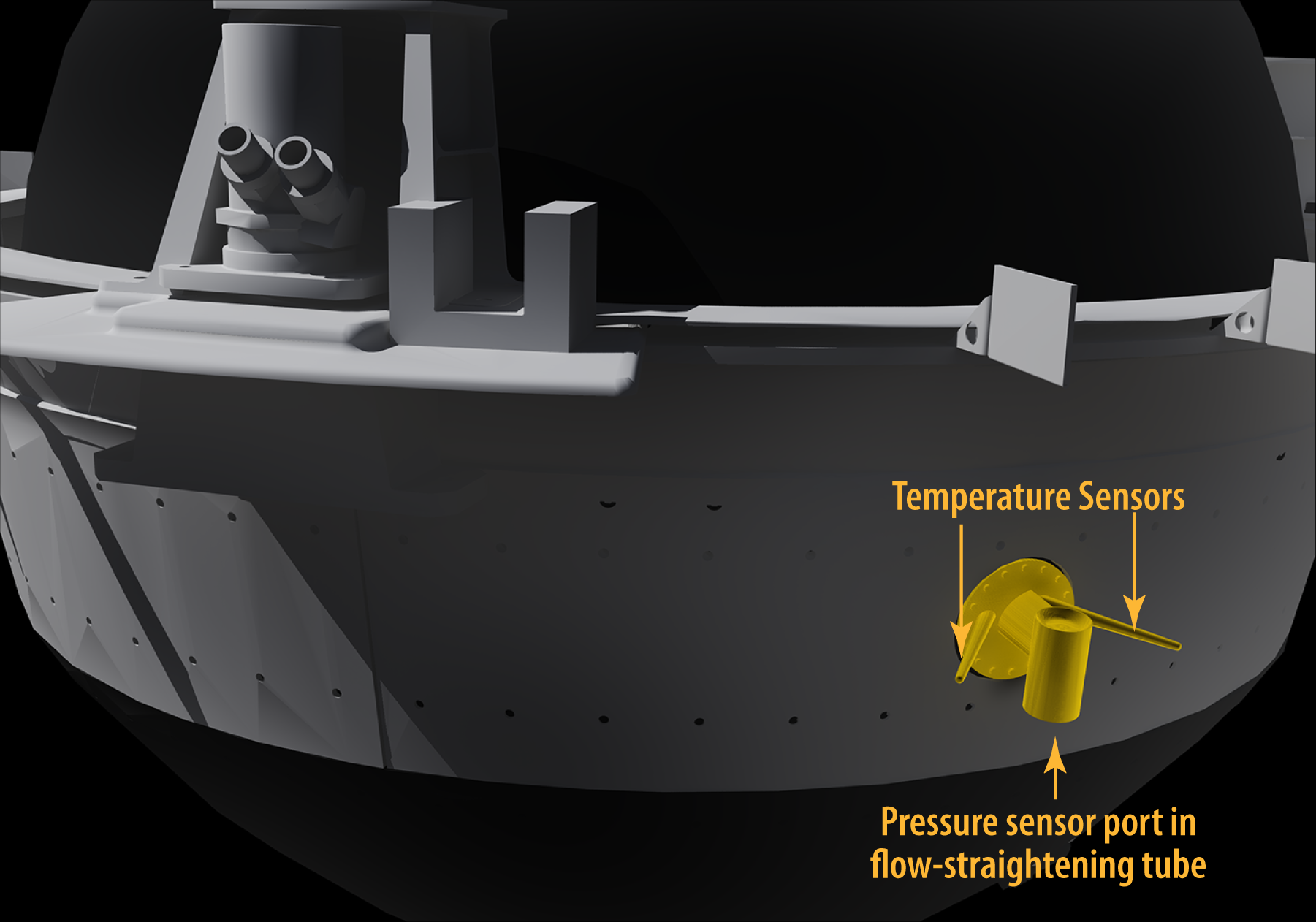The VASI (Venus Atmospheric Structure Investigation) instrument aboard NASA’s Deep Atmosphere Venus Investigation of Noble gases, Chemistry, and Imaging, or DAVINCI, mission to Venus, together with the other instruments on this mission, aims to investigate Venus’ mysterious atmosphere by painting a more detailed picture of it than ever before.
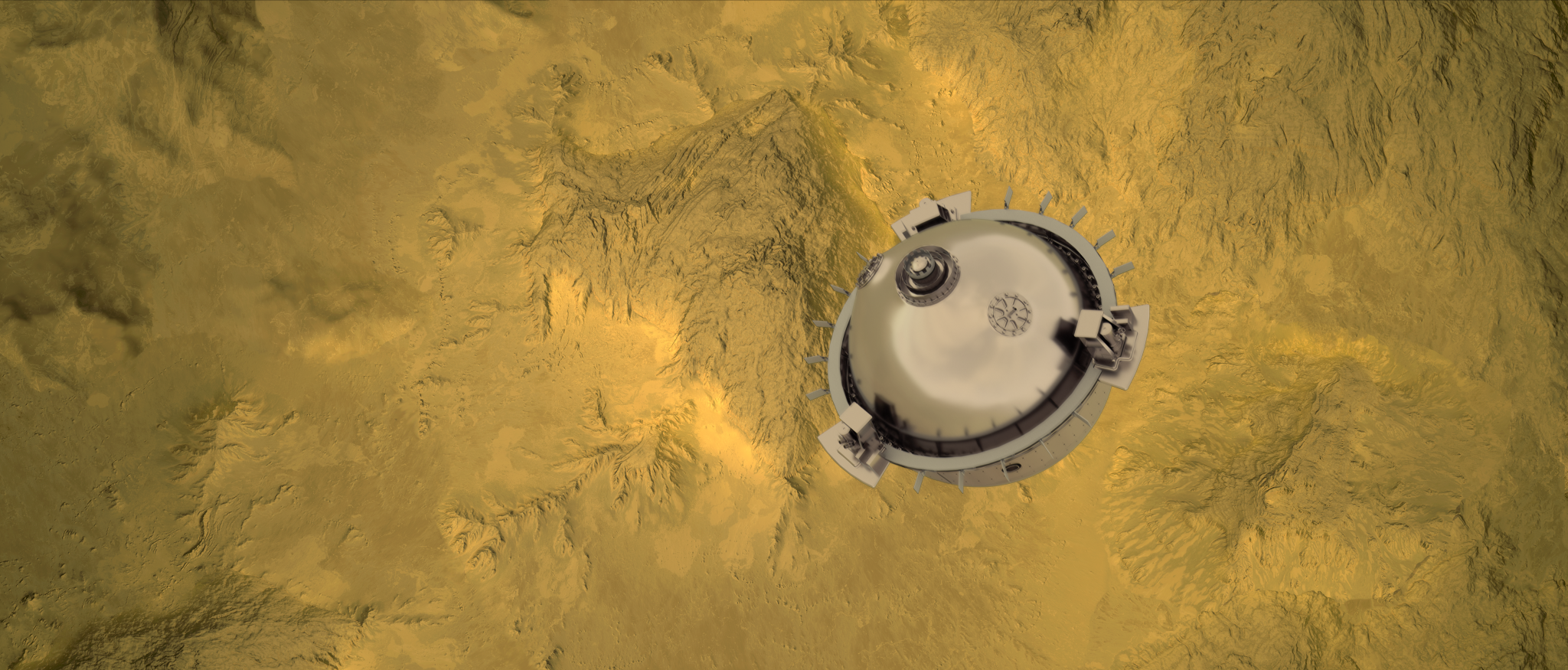
VASI will be installed on the DAVINCI mission’s descent sphere to parachute through Venus’ atmosphere. The descent sphere carries a sophisticated suite of five instruments, including VASI, collectively designed to study the characteristics of the atmosphere and measure how they change as it descends.
VASI measurements will provide new information about Venus’ temperature, pressure and winds and will provide the primary altitude reference for the descent sphere’s atmospheric composition instruments during the plunge into Venus’ searing, crushing atmosphere.
“There are actually some big puzzles about the deep atmosphere of Venus,” said Ralph Lorenz, a scientist at Johns Hopkins Applied Physics Laboratory (APL) in Laurel, Maryland, who is the science lead for the VASI instrument. “We don’t have all the pieces of that puzzle and DAVINCI will give us those pieces by measuring the composition at the same time as the pressure and temperature as we get near the surface.”
Among the many mysteries of the thick Venusian atmosphere are its structure, how volcanoes may have interacted with the atmosphere, and what that interaction can tell us about Earth’s future.
“The long-term habitability of our planet, as we understand it, rests on the coupling of the interior and atmosphere,” said Lorenz. “The long-term abundance of carbon dioxide in our atmosphere, which we really rely on to have kept Earth’s surface warm enough to be habitable over geologic time, relies on volcanoes.” One key question is whether volcanoes are still active on Venus. Detailed, altitude-resolved measurements of the atmospheric temperatures, winds and composition will contribute to answering this question.
Yet clouds of sulfuric acid, surface atmospheric pressure about 90 times higher than Earth’s, and surface temperatures around 900 F (about 460 C) make Venus incredibly challenging to explore, and it’s a herculean task to create instruments that can make sensitive measurements while being exposed to Venus’ harsh environment. Because of this, most of DAVINCI’s sensors and other subsystems are enclosed in a descent sphere built like a submarine, with sturdy construction to withstand the intense atmospheric pressures and effective insulation to shield these systems from the intense heat near Venus’ surface. However, VASI’s sensors must be directly exposed to these harsh conditions to do their job.
“Venus is hard. The conditions, especially low in the atmosphere, make it very challenging to engineer the instrumentation and the systems to support the instrumentation,” Lorenz said. “All that has to be either protected from the environment or somehow built to tolerate it.”
As the sphere descends toward the surface of Venus, VASI will record the atmosphere’s temperature variations with a temperature sensor wrapped in a thin metal tube, like a straw. The atmosphere heats up the tube, which the sensor measures and records while being protected from the corrosive environment.
Simultaneously, VASI will measure atmospheric pressure using a small silicon membrane encased in the instrument. On one side of the membrane is a vacuum, and on the other is Venus’ atmosphere, which will push on the membrane and stretch it. This stretch will be measured and used to calculate the strength of the pressure.
VASI will also measure wind speed and direction using a combination of accelerometers and gyroscopes installed in the descent sphere, plus Doppler tracking. Accelerometers measure changes in speed and direction while gyroscopes measure changes in orientation. Doppler tracking also measures changes in speed and direction by measuring the frequency shift of a radio signal from a transmitter in the descent sphere, similar to how an ambulance siren changes pitch as it speeds by.
The various sensors and housings for VASI are being assembled by NASA’s Goddard Space Flight Center in Greenbelt, Maryland, with science direction from APL’s Lorenz. The Doppler measurements are implemented in DAVINCI’s radio system, which is built at APL.
NASA Goddard is the principal investigator institution for DAVINCI and will perform project management for the mission, provide science instruments as well as project systems engineering to develop the descent sphere. Goddard also leads the project science support team with an external science team from across the U.S. and including international participation.
By: Brooke Hess and Anil Oza
NASA Goddard Space Flight Center, Greenbelt, Maryland
Media Contact:
Nancy Jones






